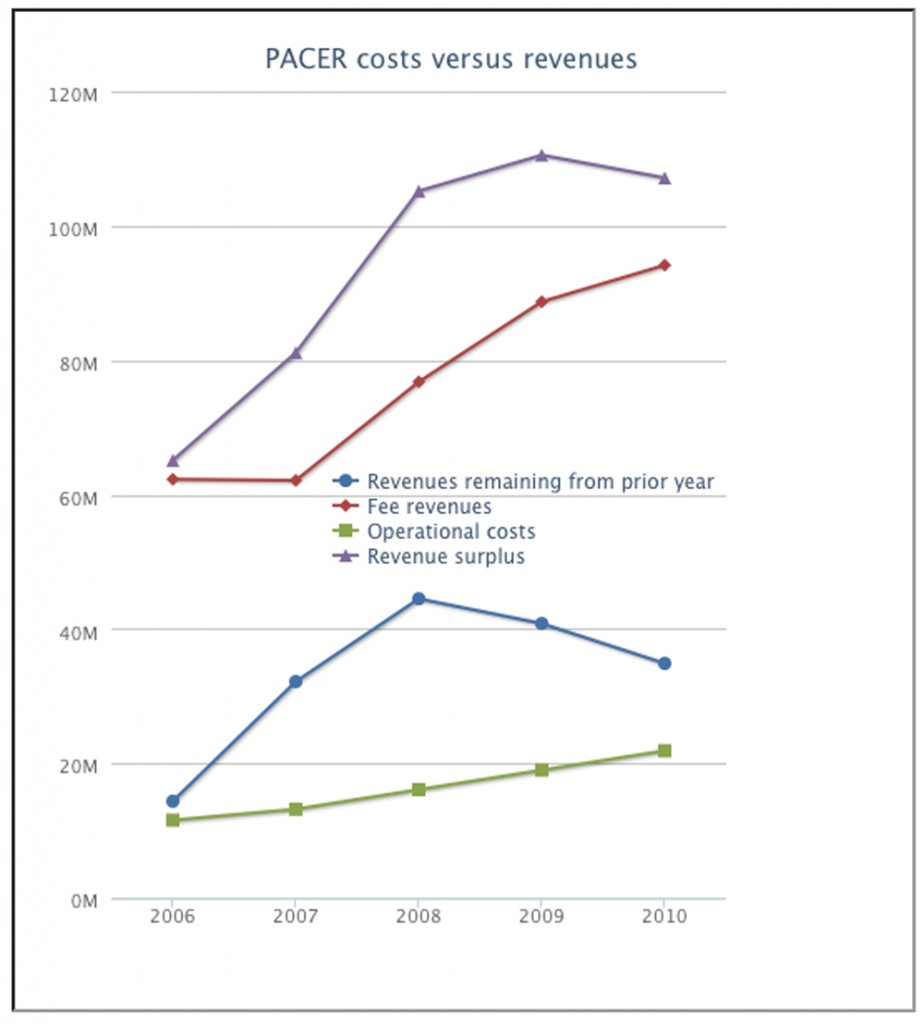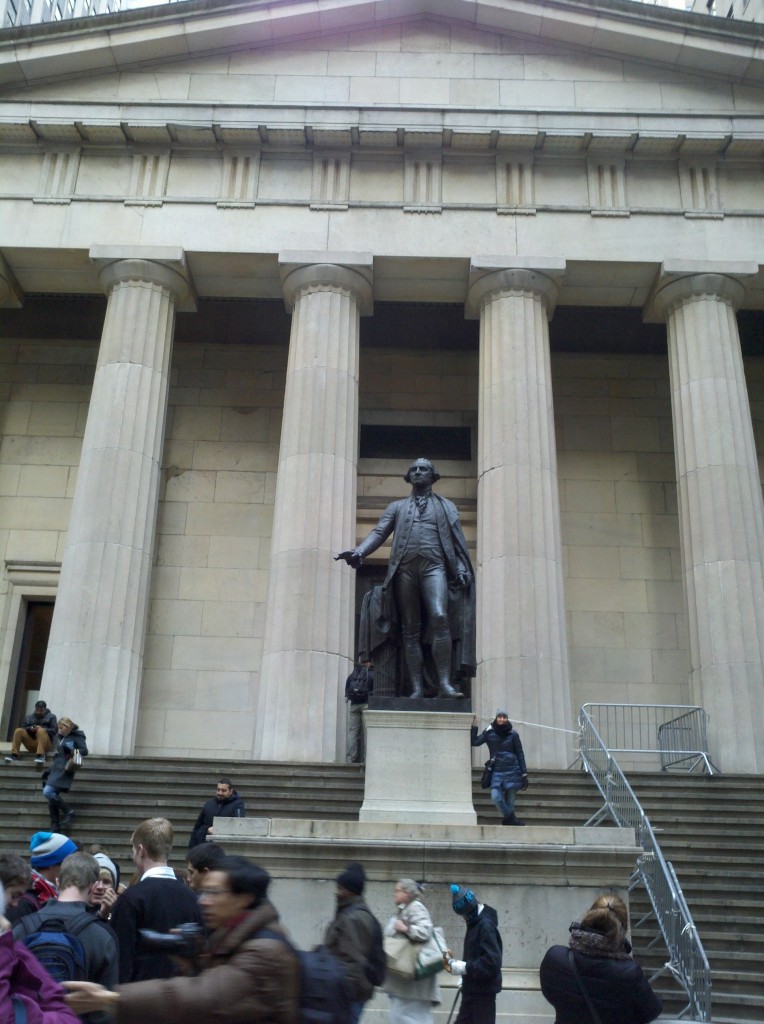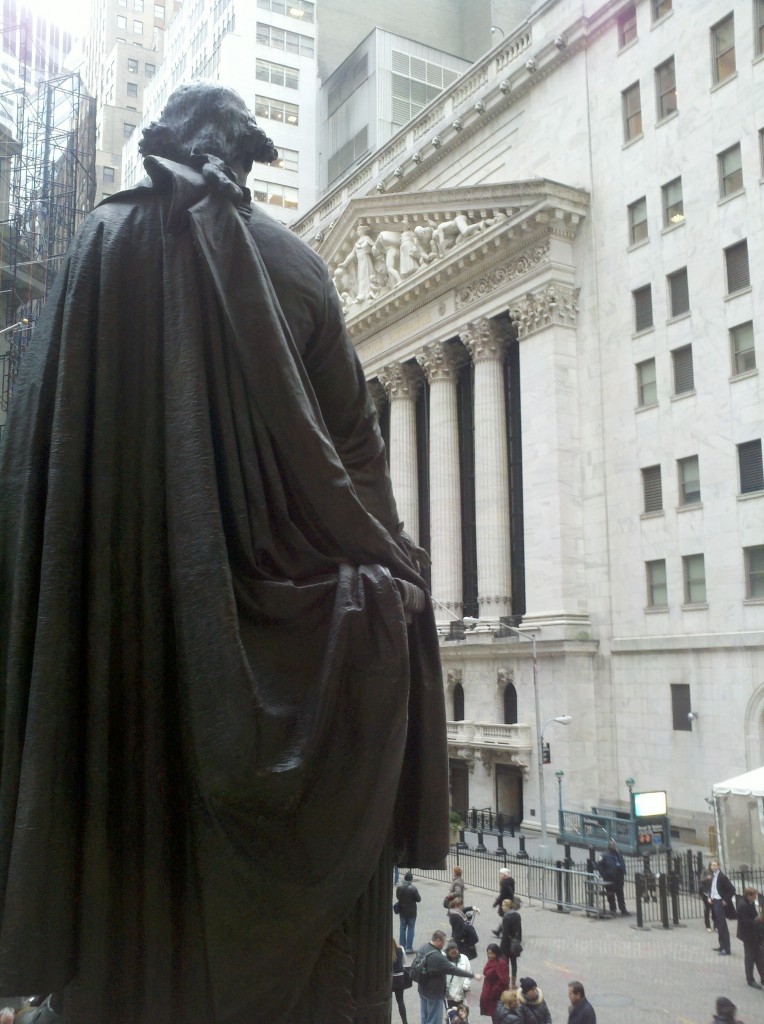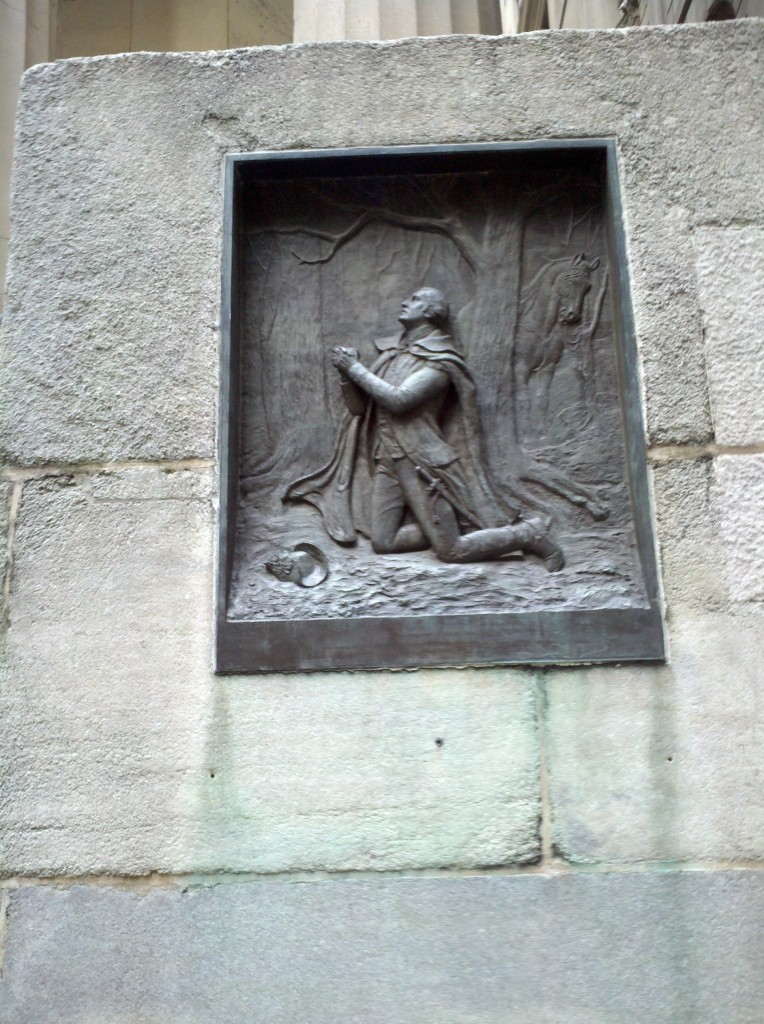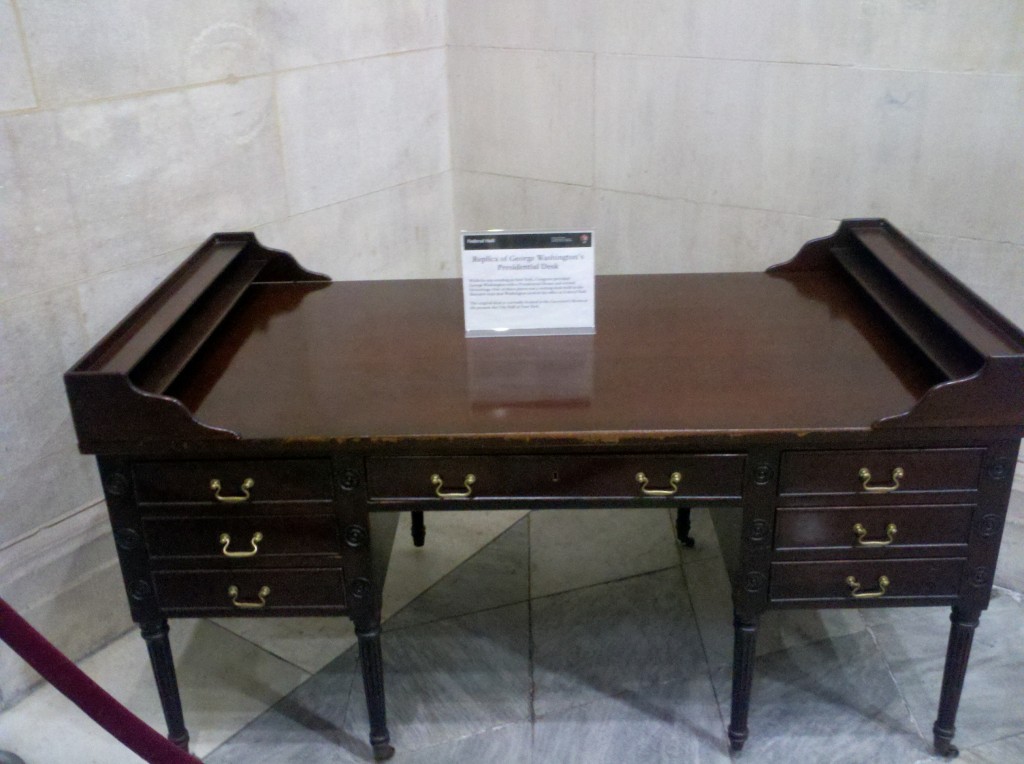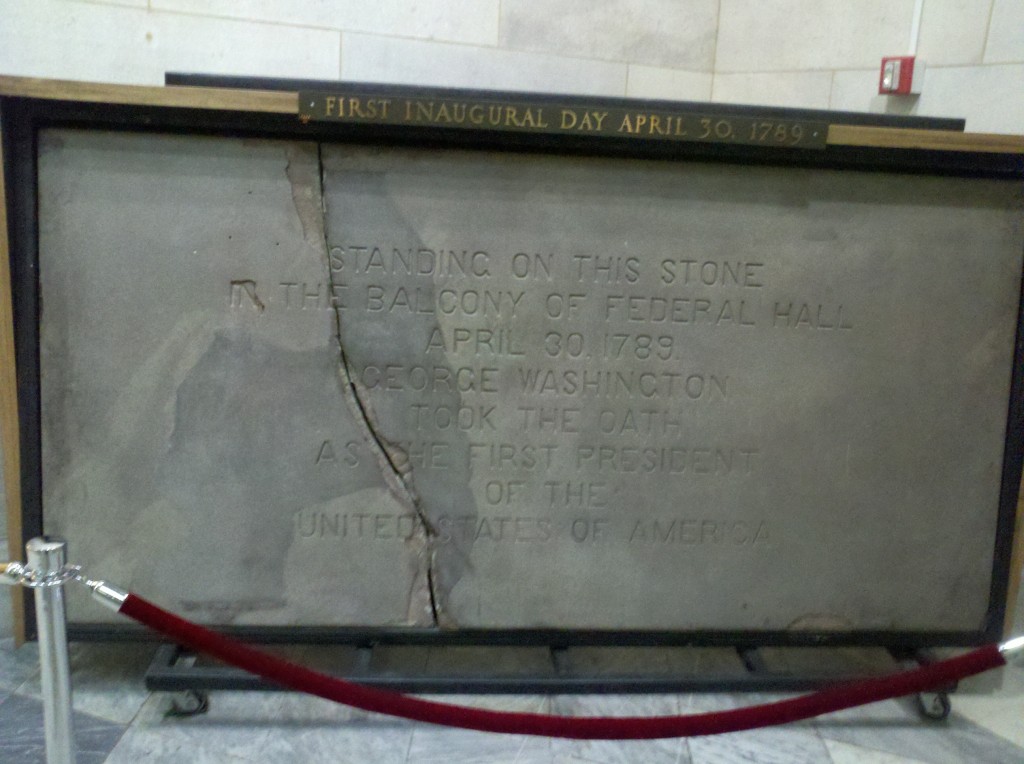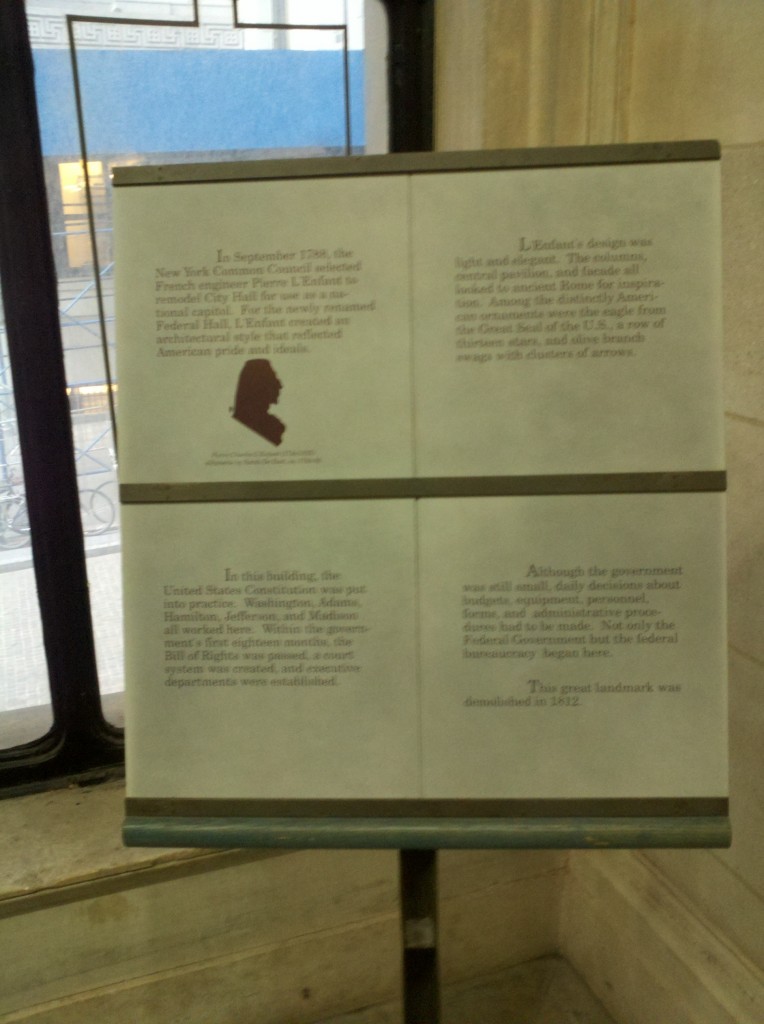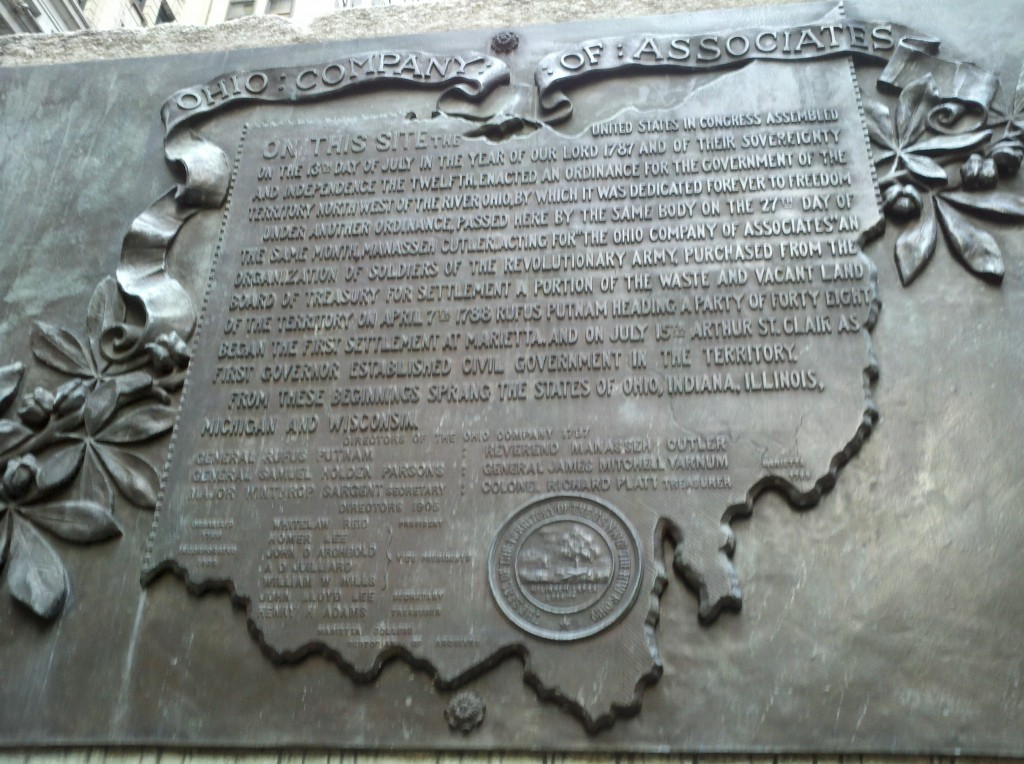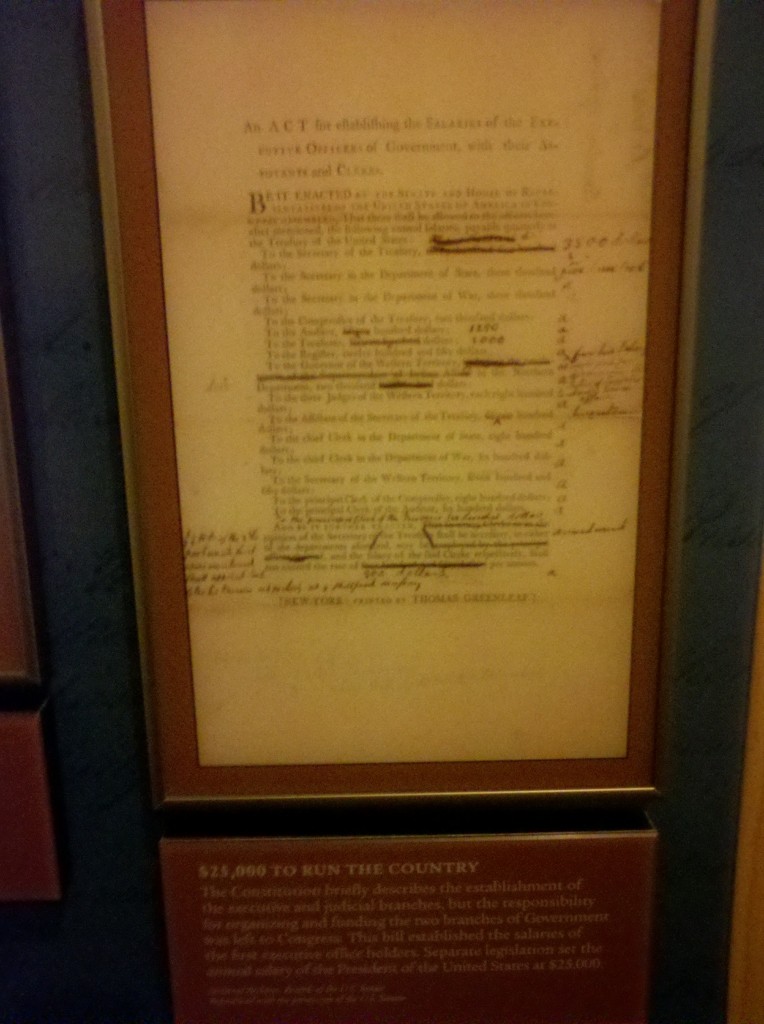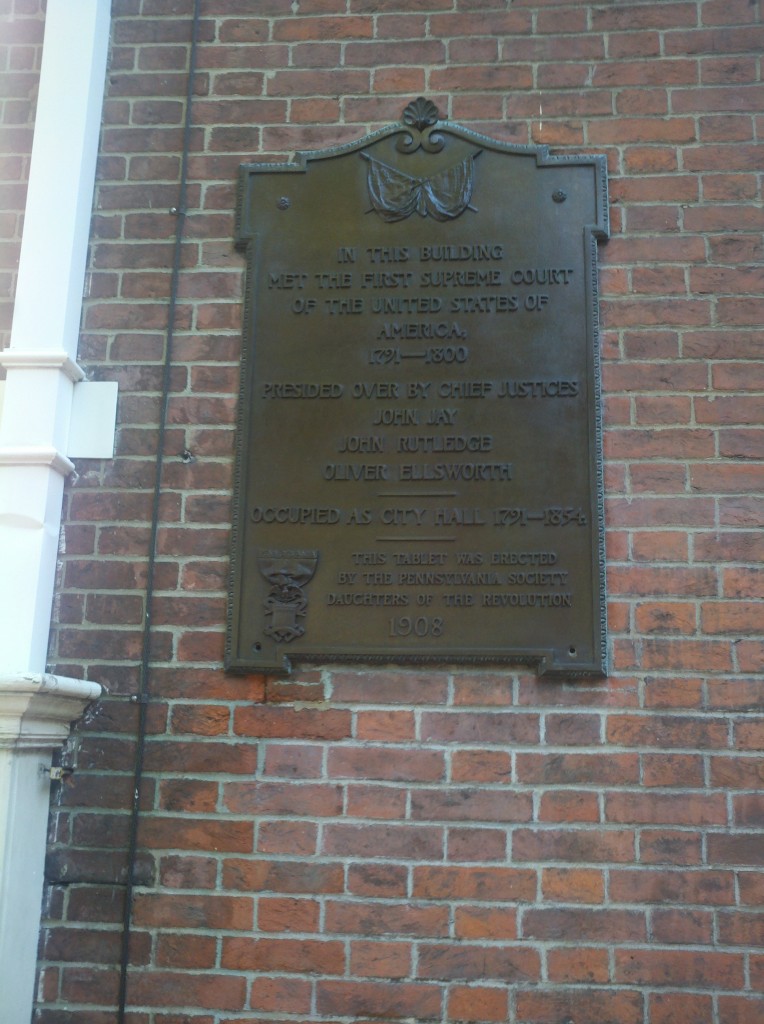One of the arguments in favor of granting corporations a right to freedom of speech is the position that a corporation is simply a group of people, and that the corporate structure allows those people to speak, and to be heard more effectively. The argument in opposition to that position is that if individuals want to exercise their rights of free speech they should, but it is wrong for a host of reasons to confer that constitutional right on the corporation.
Does that same argument apply to the free exercise of religion? The recent suits brought by Christian-owned businesses against HHS over the contraceptive mandate have made this question quiet salient.
Can individuals “exercise their religion” through for-profit corporations, for example a Christian Book store? Do these corporations have, through some transitive property, the rights of freedom of religion of their members?
Granted, these cases are brought under RFRA, but let’s conjecture about whether these cases could be brought under the First Amendment (don’t worry about how they’d fare under Smith–they’d lose).
Ed Whelan’s post on the Tyndale House Publisher case, in which the challengers won, illustrates this point well.
All three of the victories against the HHS mandate (and all four of the preliminary-injunction rulings) have come in cases involving for-profit businesses . . . Rather than running a purely secular line of business, Tyndale is a publisher of religious books; and, rather than challenging the HHS mandate in toto, Tyndale challenges it only insofar as it requires coverage of abortifacients. But on my reading of Walton’s opinion, it seems doubtful that the illegality of the HHS mandate turns on these distinctions. To be sure, Walton, properly focusing on Tyndale’s “specific characteristics” (p. 29), presents these particulars, and the abortifacient-only challenge is central to the first part of his compelling interest analysis (pp. 29-32), but I see no reason to believe that his bottom line would be different for the owners of a secular business who had religious objections to providing coverage of contraceptives generally
Likewise, Ed’s post on the Hobby Lobby case, in which the challengers lost, further demonstrates the nature of corporations asserting some spectre of the right to free exercise.
Judge Heaton’s determination that plaintiffs did not establish a likelihood of success on their claims under the federal Religious Freedom Restoration Act hinges on the unique disability that he imagines for-profit corporations to suffer from, a disability that doesn’t afflict either religious corporations or unincorporated for-profit businesses. In his view, the only corporations that have rights under RFRA are “religious corporations” “because believers ‘exercise their religion through religious organizations’” (pp. 11, 18). Further, adopting a “directness” factor, Heaton reasons that the individual plaintiffs who own and operate the corporations’ businesses likely don’t face a substantial burden under the HHS mandate because the mandate applies only to the corporations, “not to [their] officers or owners” (and because the particular burden of which they complain would supposedly* arise only “after a series of independent decisions by health care providers and patients covered by” the corporate health-insurance plans) (p. 23). Evidently this factor would apply differently for an unincorporated business, where the mandate would operate directly against the business’s owners. Heaton’s conclusion that for-profit corporations face a unique disability under RFRA, a disability that both religious organizations and unincorporated businesses escape, is puzzling.
So the mandate applies directly to the corporation, and not to the individual. That seems about the same as campaign finance laws, for example.
For starters, it is clear that religious believers may “exercise their religion” through for-profit corporations as well as through nonprofit religious organizations. The two plaintiff corporations amply illustrate the fact. As the complaint makes clear (in uncontested allegations that Heaton doesn’t see fit to acknowledge), the Green family undertakes to operate Hobby Lobby “in a manner consistent with Biblical principles” (¶¶ 41, 42). For example, they use Hobby Lobby profits “to support Christian charities and ministries around the world” (¶ 39); they close their stores on Sundays (¶ 45), and they close early on other days “so that employees can spend the evening with their families” (¶ 39); and they take out full-page ads that celebrate the religious nature of Christmas and Easter and that direct readers for spiritual counseling (¶ 47). Under what possible theory are these not exercises of religion within RFRA’s broad definition of that term?
Much like shareholders can speak through their corporation, believers can “exercise their religion” through their corporations.
The Tyndale case addresses this issue, but notes that the courts have declined to resolve it.
This Court, like others before it, declines to address the unresolved question of whether for-profit corporations can exercise religion within the meaning of the RFRA and the Free Exercise Clause. See, e.g., First Nat’l Bank v. Bellotti, 435 U.S. 765, 777-78 n.14 (1978) (recognizing that corporations have First Amendment speech rights, but declining to “address the abstract question whether corporations have the full measure of rights that individuals enjoy under the First Amendment”); Stormans, Inc. v. Selecky, 586 F.3d 1109, 1119 (9th Cir. 2009) (“We decline to decide whether a for-profit corporation can assert its own rights under the Free Exercise Clause . . .”); Church of Scientology of Cal. v. Cazares, 638 F.2d 1272, 1280 n.7 (5th Cir. 1981) (same).
Perhaps most interestingly, Bellotti was overruled by-ding, ding, ding Citizens United! The fact that none of these citations are post-Citizens United makes me think this issue is ripe and live. [Update JB: My friend Mike Sacks wrote to remind me that Citizens United overruled Austin v. Chamber of Commerce, not First National Bank v. Bellotti. My mistake. In fact, Citizens United was based on the reasoning of Bellotti, and in some respects bolstered it. So, perhaps this makes the case even stronger that this issue is stronger now than before CU].
Corporate personhood for free exercise rights!

